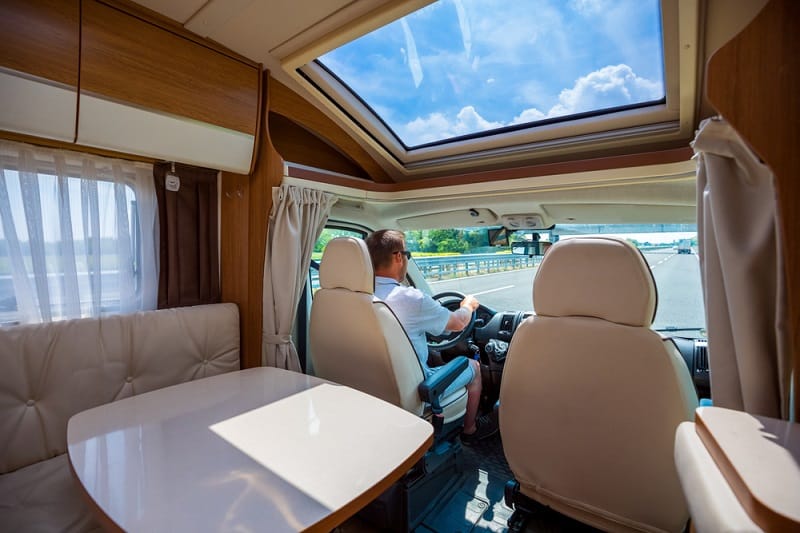
Helpful Tips for You if You Drive an RV
If you are new to driving a motorhome, you will learn very quickly that it’s not at all like driving a normal car. Parking right turns and gas stations will present challenges you never imagined. Learning to drive your RV will take patience, practice, and a bit of courage.
Parking
Parking a motorhome requires a lot more room than parking a car. This is one reason why some people prefer a van-sized Class B motorhome. When you do find a parking space, make sure you park so that you have room and a clear way out; if a car decides to park in front of you, you may be stuck there until it moves.
If you need to go somewhere in town with your motorhome, it’s a good idea to look at the area on Google maps before you go, to get an idea of what the parking may be like.
Braking
Remember that your RV is large and heavy, and it will take much longer to brake than a car. Maintain a large distance between you and the vehicles in front of you, and keep a lookout for signs of trouble ahead, such as an accident or road work, to give yourself time to react.
Going down hills, downshift into a lower gear to let your engine slow you down, rather than riding the brake. If you do need to slow down with the brakes, hit the brakes in short bursts, rather than riding it. This will reduce brake wear.
Overpasses
You need to pay attention to the bridge and overpass clearances. Know your RV’s height watch for low bridges. This is especially true for 5th wheels. If there is a truck route, take that rather than the car route. You can plan your travel with an RV GPS, which can alert you to low clearances and plan a route to avoid them.
Wind
Wind hitting the sides of a motorhome can batter it about, even pushing it into another lane. That also goes for big-rig trucks passing you. If it’s very windy, avoid driving; look on your weather app for wind alerts. Likewise, keep an eye on your rearview mirror for passing trucks. If you are driving in wind, or if there ‘s a passing truck, hang on to the steering wheel with both hands. You must always be very alert and focused while driving an RV, but that goes double in wind.
Gas
Whenever you can, gas up your motorhome at a truck stop; truck stops are designed for large vehicles. Many gas stations, especially in cities, are simply not designed for large vehicles. You may see many RVers talking about apps like Gas Buddy, which will show you the lowest gas prices, however, a low priced gas station that’s inaccessible to your motorhome is worthless. The most important thing for you is easy in and out, not saving a few pennies.
Finally, try to choose routes that by-pass the major cities and interstate highways to keep your travel-stress low. Likewise, taking the “roads less traveled” are often more scenic and small towns are often safer and easier to park in than a big city. In addition to an RV GPS, you can also get the Mountain Directory app to help you plan RV safe travel.
Related Video:

